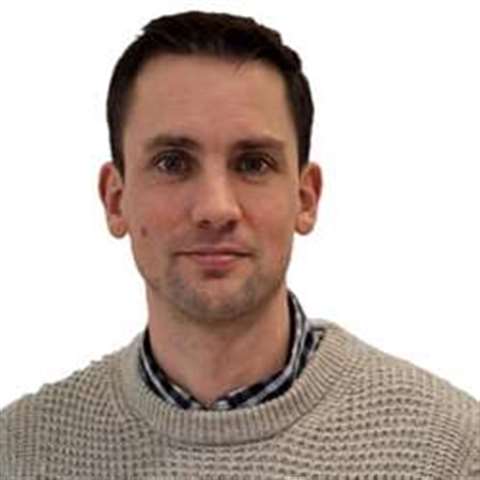Read this article in Français Deutsch Italiano Português Español
Tunnel breakthrough advances Hiroshima Expressway project
27 August 2025
A Robbins Slurry tunnel boring machine (TBM) with a 13.67m (44.8 ft) diameter completed excavation of a 1.4km (0.9 mi) section of the Hiroshima Expressway Line 5, achieving its breakthrough on 30 April.
 A Robbins Slurry TBM breaks through on the Hiroshima Expressway Line 5 tunnel in Japan. Image: Robbins
A Robbins Slurry TBM breaks through on the Hiroshima Expressway Line 5 tunnel in Japan. Image: Robbins
The milestone is said to be the first time a foreign-made, large-diameter Slurry TBM has been used to excavate hard rock in Japan. Robbins is a US-based TBM manufacturer.
The 2,400-tonne machine was deployed by the Obayashi-Taisei-Kosei joint venture to drive beneath Hiroshima’s dense urban landscape. The tunnel will connect Hiroshima’s city centre to the national highway network and improve access to Hiroshima Airport.
A unique and challenging TBM drive
Tetsuya Taniguchi, Deputy Director of Obayashi, noted the uniqueness of the project. He said, “While there is little track record of large-diameter hard rock drilling with TBMs in Japan, Robbins’ know-how and on-site support for disc cutters… were excellent.
“We have been able to obtain great results and technical knowledge for future large-diameter slurry hard rock drilling work,” he added.
The TBM was engineered to manage abrasive granite with unconfined compressive strengths of up to 130 MPa (19,000 psi), as well as high groundwater pressures. Assembly was complicated by the site’s small footprint, just 30m by 60m.
To meet an eight-month schedule, Robbins employed Onsite First Time Assembly (OFTA), delivering the machine in split sections that were reassembled at the jobsite.
Crews conducted horizontal boring every 50m (160 ft) to check for fracture zones in advance of tunnelling.
“In addition, there was a section of low cover directly beneath a residential area, but we were able to pass through it safely by taking the appropriate measures to mitigate environmental impacts such as vibration, noise and ground surface displacement,” said Taniguchi.
Delivered for the Hiroshima Expressway Public Corporation, the tunnel is expected to open to traffic in 2027.
STAY CONNECTED


Receive the information you need when you need it through our world-leading magazines, newsletters and daily briefings.
CONNECT WITH THE TEAM












